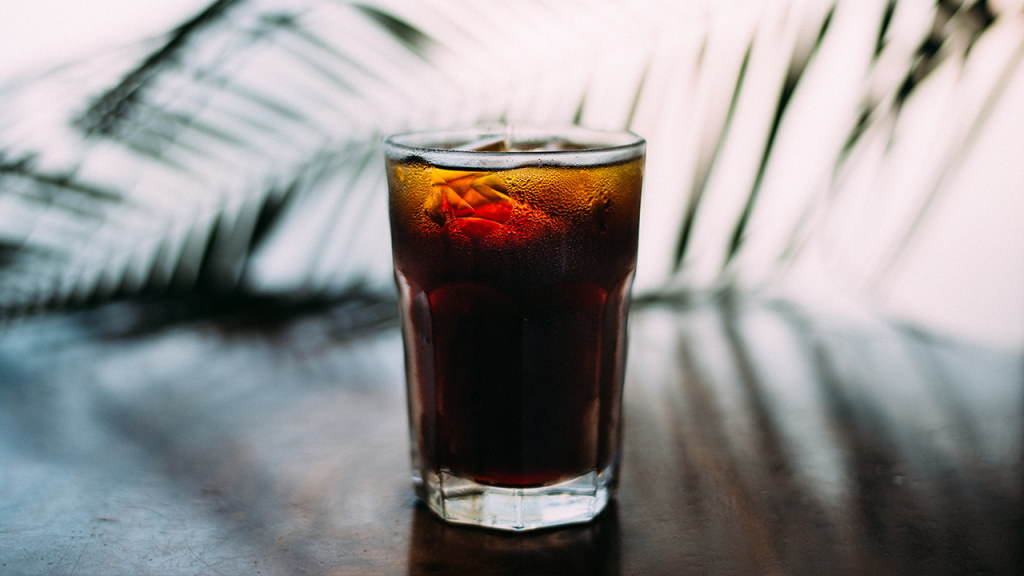 Since I grew up in Dallas where the old Dr. Pepper plant was located on Mockingbird Avenue (now demolished), I have always been a Dr. Pepper fan, and though not everyone refers to it as the elixir of life as I do, it is still popular among those with discriminating taste like me, especially if you grew up in Texas.
Since I grew up in Dallas where the old Dr. Pepper plant was located on Mockingbird Avenue (now demolished), I have always been a Dr. Pepper fan, and though not everyone refers to it as the elixir of life as I do, it is still popular among those with discriminating taste like me, especially if you grew up in Texas.
Dr. Pepper has gone through several corporate transitions. The Circle “A” Corp. which had the exclusive right to bottle Dr. Pepper went bankrupt in 1923 and reemerged as Dr. Pepper Co. after incorporating in Dallas in 1923. The Dr. Pepper Co. was acquired by Forstmann and Little, a New York Investment firm, in February 1984. Dr. Pepper merged with Seven-Up in 1986 to form the Dr. Pepper/Seven-Up Companies which went public in 1993 only to be Cadbury Schweppes plc in June 1995. Cadbury Schweppes merged Dr. Pepper/Seven-Up with the Snapple Group to form Dr. Pepper Snapple Group, Inc. in 2007 which went public in May 2008 and still trades on the NYSE.
The first Dr. Pepper shares, which traded on the St. Louis Stock Exchange and OTC before moving to the NYSE on March 18, 1946, had two spectacular moves. The first move occurred between 1934 and 1937 when the stock made a 32-fold move as the company pulled out of the Depression. Since this spectacular move occurred before the stock traded on the NYSE, very few people are aware of this huge recovery in the stock price. The stock traded sideways for the next two decades before making another fabulous rise in the 1960s. Between 1960 and 1972, Dr. Pepper Stock made a 64-fold move. Even though Dr. Pepper wasn’t one of the “Nifty Fifty” stocks from the 1960s, it should have been. Between these two moves in the 1930s and the 1960s, Dr. Pep
 per made a 480-fold move, making it one of the best-performing stocks of the twentieth century.
per made a 480-fold move, making it one of the best-performing stocks of the twentieth century.
Unless you have the complete history of Dr. Pepper to see how it performed prior to joining the NYSE in 1946, you wouldn’t have known that Dr. Pepper had already made one spectacular move, had built a 25-year base, and was ready to join the Hall of Fame of Outstanding stocks. True stock analysts shouldn’t only worry about the survivorship bias that comes from ignoring delisted stocks, but from the exchange bias that comes from ignoring the pre-NYSE history of a stock as Dr. Pepper clearly illustrates.

